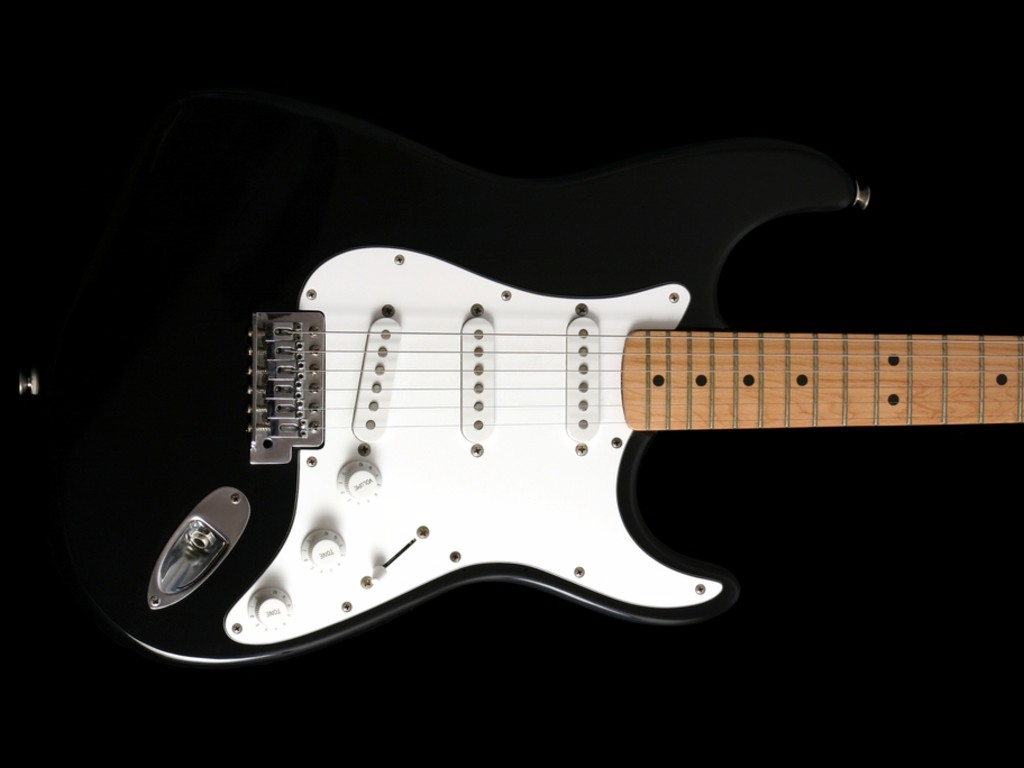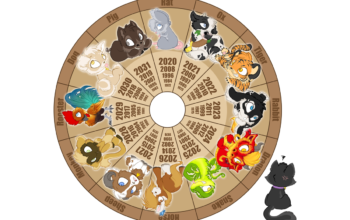U2 – With or Without You (1987)
Just before I’d posted the Low Voltage entry for Sunday Bloody Sunday, a friend of mine brought the following Wikipedia article to my attention. The pertinent passage was on The Edge’s differentiated guitar style. My friend, who is not an instrumentalist of any ilk, found some of the language a bit opaque for non-musicians, and so I sprang to wordiness, er, sorry, action, to help de-mystify some of the descriptions in the article.
After all, that’s why I launched this blog in the first place: to elevate music to the level of the written word. Or something.
My friend is not alone. So many music lovers who otherwise have tremendous musical sensibilities and tonal intelligence, but who have no formal music education, can get lost in the shop-talk of music journalists, analysts and musicologists. For their part, that ostentatious bunch, of whom I’m a card-carrying member, perpetrate one after another of literal misdeed in trying to describe musical wonder in fluent, idiomatic Bafflegab.
My friend has called bullshit on this, and now I hold myself accountable on behalf of all hack musicologists. Here goes.
When I first read this wiki entry on The Edge, the song I thought of immediately was With or Without You. It highlights every one of the author’s points.
I don’t know if any of you ever do this, but I’ve found the greatestest evarr way to appreciate a song all over again is to crawl YouTube for its parts – i.e., the guitar or bass part, keyboard part, drum part, pick one. I’m just so fascinated to hear what each musician – especially anyone who got a songwriting credit – contributed to the song. Hell, even those who didn’t get a royalty-fetching credit was probably charged with writing a whole instrumental part that affected the very pathos of the song. Randy Meisner had no byline on Hotel California, but can you even imagine the song without its signature hiccupping bassline? Listen to a great bass cover of it here, starting at 1:10.
That said, check out the following cover of Evans’ guitar part on With or Without You. Not all instrumental covers are created equal, but this one is really good, a faithful guitar karaoke right down to the instrument itself (the very Stratocaster Evans himself plays) and electronic effects.
So, to directly address the points in the wiki article:
The Edge’s style of playing guitar is distinguished by his chiming timbres…
Notice that this part doesn’t feature any power chords or screaming lead solos suchlike you might hear from Eddie Van Halen. His choice of single notes in short succession on two adjacent strings (the hook riff at 1:49) or of full chords strummed on all strings (the D-major chord at 3:00; the guitarist plays it in ‘first’ position which is unfortunately cropped off the right side of the video frame). The amplification has a crystal clear sound (i.e., no crunchy distortion that you might hear from a metal band). That gives the notes a ringing-bell quality, almost like a set of chimes might produce on Neil Peart‘s enormous drum kit.
…sparse voicings…
Music comes from a vocal tradition. In fact, music was assumed to be vocal until the Renaissance, when mannerist ethos washed over the music world in Italy. Instruments started proxying for actual voice parts (it was hard to get church choirs to sing madrigals about vagabonds getting laid. Stupid church choirs). Even then, specific instruments weren’t even mentioned yet. The clarinet had existed for hundreds of years, but was no such thing as a ‘clarinet’ piece in 1450. Composers who wanted to write instrumental music simply wrote con ogni sorte di stromenti – for any kind of instrument. But the parts themselves were still called ‘voices’, a nomenclature that persists to this day, even when they were played on instruments.
So when you hear some pretentious fop start farting about ‘voicings’ in Anno Domini Covidnineteeni MMXX, they’re just talking about parts played by multiple instruments, or even on different strings or in different tessiturae of a single instrument.
What does this mean for a guitarist? Okay, I’ll keep picking on Rush: when Alex Lifeson drags his whole pick across all six strings of his ugly hollow-body guitar through a 500-watt stack of Marshall amps turned up to Spinal Tap‘s 11, that’s not what we call ‘sparse voicings’. We call call it BigPenisKraft. Most rock axesmiths play this way. But when a guitarist instead just plucks one string and then another back and forth, and the finger on the upper E-string stays put while the finger on the lower adjacent B-string moves down one fret (a ‘semitone’), it implies that the guitar is playing two ‘voices’, even though we’re never hearing two instruments at the same time. He’s just simply using two strings of the instrument to create the aural illusion of two separate melodic lines. Listen again to that magnificent signature riff at exactly 1:49: the low-high-low-high-low-high-lower-high implies two individual melodic lines, or ‘voices’. For a rock and roll guitarist, that’s as sparse as you get. Pretty daring, too.
…and extensive use of effects units.
In the fist minute and a half of the video, look at the device the guitarist is holding in his right hand. It’s called an eBow. The blue light you see in the video is shining from that device. The eBow has a pair of magnets inside it, one positively charged, one negatively, and those two complimentary fields simultaneously attract and repel the metal string to keep it constantly vibrating. And so a guitar string, which, when otherwise plucked with a pick would eventually decay, it now has, thanks to the eBow, an infinite sustain not unlike what a violin can produce.
Beyond that, listen for a certain ‘echo’ coming from the notes of the guitar. It gives the illusion, especially after he stops with the eBow and just starts picking the strings, of many more notes sounding than are actually being played. Most electric guitarists use echo just for some warmth and depth, but Evans uses it to wring the most sound out of his sparse, ringing economy of notes. If he didn’t avail himself of this effect, the guitar part would just sound like ‘plink-plink-plink’. and the signature riff of the song would just sound like a banjo accompaniment.
He favours the perfect fifth interval…
‘Perfect fifth’ refers to the distance in pitch between two notes. If you place a note anywhere on a musical staff, you might call that the ‘first’ or the ‘root’ note. Move up to the next line (or space) and that’s called the ‘second’. Keep going to the next lines and spaces until you get to the ‘fifth’ position from the root. It’s called ‘perfect’ because of ratio of frequencies between any two notes a fifth apart is always exactly 3:2 wherever you are in the scale. And if you keep ascending in perfect fifths, the frequency interval from the next higher note to the root will always be some multiple of that same 3:2 frequency ratio. So a fifth is said to be ‘perfect’. That’s not always true with other intervals. For example, the major third has a frequency ratio between its notes of approximately 5:4, but if you keep ascending in major thirds until you reach the next root an octave up, the ratio will not be a multiple of 5:4, but rather some radical quotient. Alternatively, if you ascended each major third adhering exactly to the 5:4 ratio, when you hit the note one octave up, it will sound slightly and painfully flat, that is, lower than a ‘perfect’ octave.
And so because of its ‘perfectness’, the fifth has a certain authority to its sonority that other, more complex intervals lack. It’s minimal and stark. Played in the lower register of the guitar with controlled distortion, the perfect fifth creates the familiar ‘power chord’ I mentioned above. Played with clean sound in the upper register, it sounds like, well, The Edge.
In music school, we often said “don’t go walking alone in dangerous neighbourhoods”. It meant that you should avoid singing or playing solo in the most fragile registers of your voice or instrument unless you have some serious balls or serious chops. Sing or play it, by all means, but double the part with some other instrument (or voice) that can reach those notes or play with greater agility, just to reinforce it. Evans missed that memo, thankfully.
This style [the playing of perfect fifths] is not explicitly in a minor or major key, but implies both, creating a musical ambiguity.
To be more precise, it doesn’t actually imply both major and minor, it actually fails to imply either, leaving it vague. Most familiar simple chords have not just ‘root’ and ‘fifth’ notes, but also an additional note which is at an interval of a ‘third’ above the root. That ‘third’ can be three semitones above the root, or four, depending on which note of the scale the root is set on. That ‘third’ is then said to be ‘minor’ (if it’s three semitones above the root) or ‘major’ (if it’s four). If the third is minor, the whole chord is said to be ‘minor’, and if it’s major, ‘major’. The wiki writer here is saying that Evans often just plays the root and fifth notes. In the absence of a third, our ears are left guessing as to whether it’s a major chord or or a minor chord. That can really play tricks on you if no other instrument (eg, Clayton‘s bass) and no other melodic part (Bono‘s voice or The Edge’s guitar) plays that ‘third’ note to fill in the missing piece.
For these chords, he often plays the same notes on multiple strings, some which are left open, creating an Irish-influenced drone.
Listen one more time to that uber-riff that starts at 1:49. You’ll hear at exactly 1:51 and 1:56 (and other points beyond) that lower note he plays. It’s the open D string (on a guitar, ‘open’ means the string is untouched by any finger on the left hand, it’s just played) . It’s the same D as he’s playing in the upper register of the guitar as part of that perfect fifth; the open D string is just an octave lower. Remember when I talked about the violin in Sunday Bloody Sunday? His guitar is making that same ethnomusical gesture. You can think of that open D as a proxy for a lower open string of a Celtic fiddle, or perhaps the drone of a bagpipe. You never forget where you’re from.
Against this drone, he changes other notes to imply a harmony.
That’s the ringing, two-voiced riff above it where the upper note stays put and the lower ‘voice’ slips down a semitone.
Among the Edge’s signature techniques are playing arpeggios, sixteenth note percussive strumming…
A whole note is a full bar, i.e., four beats. So a quarter-note is one beat. An eighth note is half a beat, and a sixteenth note is a quarter of a beat. Were you paying attention in math class?
Listen at exactly 3:08. He creates a full D-major chord using his left hand (with an open D, and an A, another D and an F-sharp – root, fifth, root and major third, respectively) and strums those four strings up and down with his right hand. Down-up-down-up on each quarter-note beat. Sixteen strums to a bar. That’s just soooo The Edge. Can you find any other songs that he does that in? Indeed, there are many and he does it at critical moments of the song just to highlight that signature of his style.
…and harmonics.
Stay with me here. A vibrating guitar string will oscillate back and forth in many places, not just midway between its two fastened points. If you pluck it in a particular spot, there will be some places where it oscillates back and forth and others where it moves less. Those less-moving points, or ‘nodes’, are great places to lightly touch the finger of your left hand on the string so that the broader vibrations of the string will not be heard at all outside of those nodes. By suppressing the full oscillation path, you will only hear the smaller, higher-frequency vibrations, or ‘overtones’ of the string. These can be tones a fifth higher, an octave higher, or some other interval, depending where you touch the string. Re-reading the passage above about intervals, what overtone do you think you would hear if you lightly touched the sting about five sixths of the way up? Uh-huh. Ifuckinglovescience.
Listen at exactly 2:28 to 2:40. The guitarist is lightly touching the strings with his left hand but not pressing them down to the fingerboard. What that does is let the harmonics of the string ring out without any of its other overtones. It’s a very pure, ringing sound and we call them ‘harmonics’ (it’s a poor term – all notes can be harmonic). All guitarists have used this effect, but Evans does it a lot, and again, at very important moments of the song, here toward its end. And it fits pretty amazingly with his other stylistic elements above.
Try finding the drum and bass parts of this song, just to see what the other fellers are up to. Not matter that it won’t be Clayton or Mullen playing them; there’s a lot of fantastic players out there driving Ubers.



